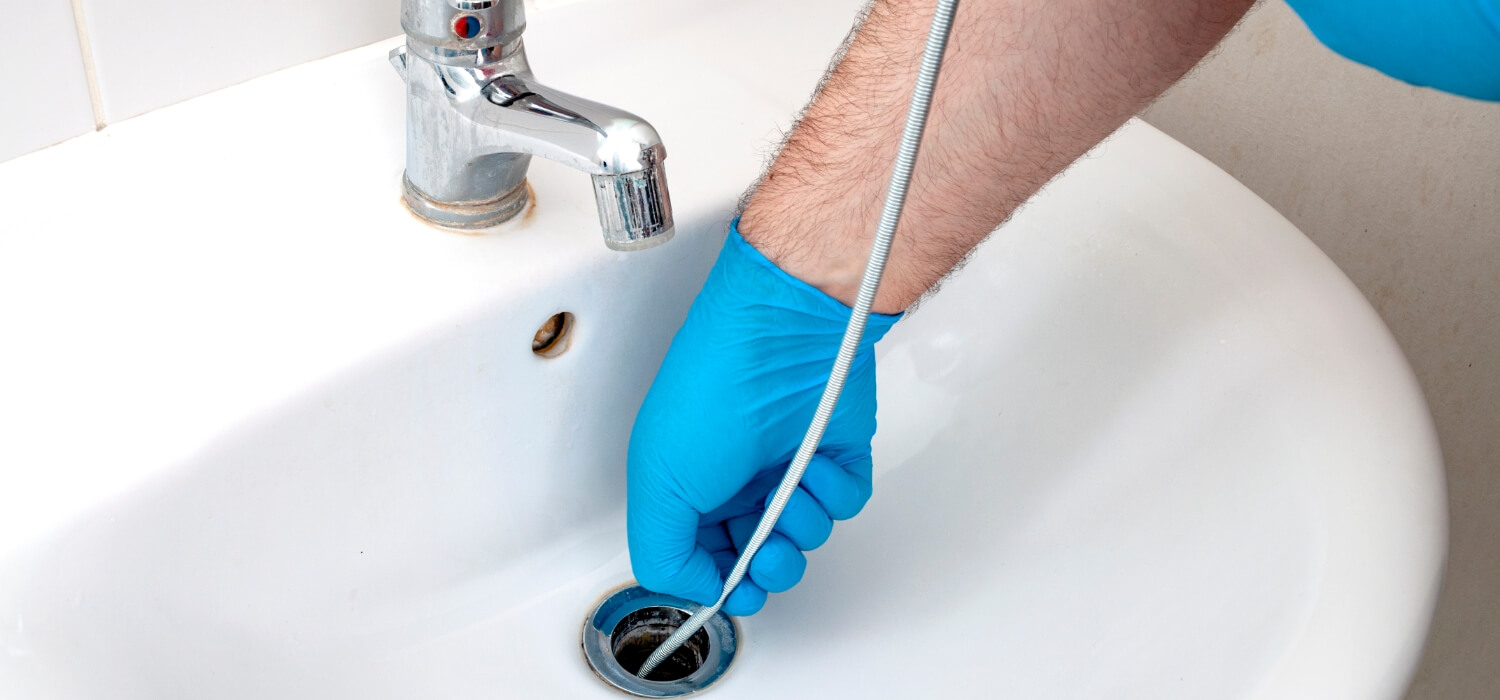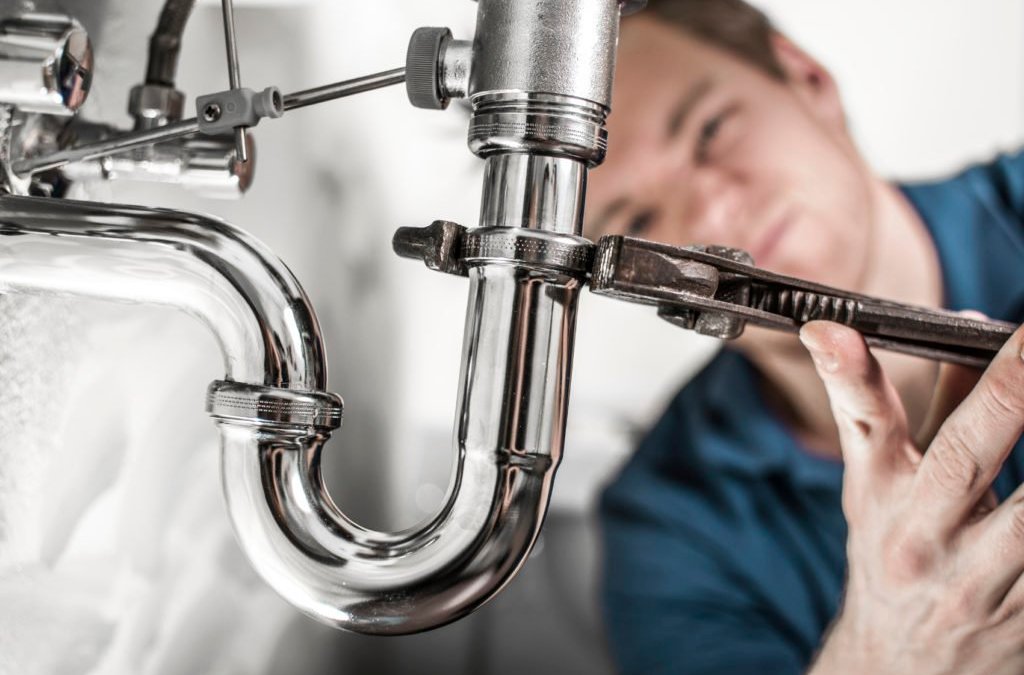We've unearthed this article pertaining to Plumbing Basics Every Homeowner Should Know directly below on the internet and believe it made sense to talk about it with you on this page.

Plumbing is an important facet of any kind of home, in charge of providing clean water for drinking, cooking, and showering, along with eliminating wastewater safely. Recognizing the essentials of home plumbing is crucial for every single house owner to make sure appropriate maintenance, troubleshooting, and, if essential, repair services. In this novice's overview, we'll cover the basic ideas of home plumbing to help you come to be a lot more accustomed to exactly how it works.
Water System
The water system system brings clean water right into your home from a local water source or an exclusive well. It includes a main water line that links to your home's plumbing system, typically located underground. A water meter determines the quantity of water consumed, while a shut-off valve permits you to manage the flow of water right into your home.
Plumbing Fixtures
Plumbing fixtures are tools that provide water to different parts of your home and consist of sinks, faucets, bathrooms, showers, bathtubs, and appliances such as dish washers and cleaning makers. Each fixture is linked to the supply of water system using pipelines and installations and might have its shut-off valve for upkeep or emergencies.
Water Heater
The water heating system is in charge of heating water for domestic usage, including showering, food preparation, and cleaning. Usual types of water heaters consist of tank-type hot water heater, tankless (on-demand) water heaters, and heat pump hot water heater. The hot water heater is connected to the water system system and delivers hot water to plumbing components as required.
Drainage System
The drain system eliminates wastewater from your home and lugs it away to a sewer treatment facility or septic tank. It contains a network of pipelines, fittings, and fixtures that deliver wastewater from plumbing components to the major sewer line or sewage-disposal tank. Appropriate water drainage is essential to avoid blockages, back-ups, and sewer leakages.
Air flow System
The air flow system helps maintain appropriate air pressure and stop sewage system gases from entering your home. Air vent pipelines, additionally known as vent stacks, prolong from plumbing components to the roof covering, allowing sewer gases to escape safely outside. Ventilation pipelines additionally allow air to enter the drainage system, facilitating smooth wastewater flow and avoiding suction or vacuum effects.
Common Plumbing Devices
Having the right devices accessible is essential for performing basic plumbing repairs and upkeep jobs. Usual plumbing devices include flexible wrenches, monkey wrench, pliers, pipeline cutters, hacksaws, bettors, augers (or drain snakes), and Teflon tape. Having these tools conveniently offered can assist you deal with minor plumbing issues successfully.
Standard Plumbing Repair Services
While some plumbing repair services may require professional aid, lots of typical issues can be resolved with fundamental DIY techniques. Understanding exactly how to repair a leaky tap, unclog a drain, change a bathroom flapper, or fix a trickling showerhead can save you money and time on plumbing fixings.
Final thought
Recognizing the fundamentals of home plumbing is essential for every single home owner to preserve a safe, useful, and effective plumbing system. By acquainting on your own with the water system, plumbing components, drain system, ventilation system, common plumbing tools, and standard repair work, you can with confidence attend to small plumbing issues and guarantee your home's plumbing system operates efficiently.
Plumbing for Beginners: A Comprehensive Guide
If you’re a beginner when it comes to plumbing, don’t worry; you’re not alone. Plumbing may seem intimidating, but with the right knowledge and a little practice, you can handle many common plumbing issues on your own. In this comprehensive guide, we will demystify the world of plumbing for beginners, providing you with the basic knowledge and skills needed to tackle common plumbing problems and even take on some DIY plumbing projects.
The Importance of Basic Plumbing Knowledge for Beginners:
First and foremost, basic plumbing knowledge gives you a solid foundation. It helps you grasp the key concepts and terminology that are essential in this field. By learning the basics, you’ll be able to build upon that knowledge and tackle more complex plumbing tasks in the future.
Having a basic understanding of plumbing also enables you to handle common issues that may arise in your home. Picture this: a leaky faucet or a clogged drain. With some basic plumbing knowledge, you’ll have the confidence to troubleshoot and fix these problems on your own. It saves you from unnecessary expenses and the hassle of waiting for a professional to arrive.
As a beginner, learning the basics of plumbing empowers you to take care of your own home. It gives you a sense of independence and self-reliance. You’ll no longer have to rely solely on professionals for every small issue that pops up. Instead, you can handle many tasks yourself, saving time and money in the process.
Remember, everyone starts as a beginner. Embrace the learning process and take small steps to expand your plumbing knowledge. There are plenty of online resources, tutorials, and even local workshops that talk about plumbing for beginners.
Essential Tools for Plumbing for Beginners
As you start your plumbing journey, having the right tools in your toolbox is crucial. Let’s explore some of the must-have tools:
Adjustable Wrench:
This versatile tool is a staple in any plumber’s toolbox. It allows you to tighten or loosen nuts and bolts of various sizes. Make sure to have an adjustable wrench with a comfortable grip.
Pipe Wrench:
A pipe wrench is specifically designed for gripping and turning pipes. It has serrated jaws that provide a strong grip, making it easier to loosen or tighten threaded pipes and fittings.
Plunger:
The plunger is a simple yet effective tool for clearing clogged drains and toilets. It creates suction when you push and pull, helping to dislodge blockages. Keep a good-quality plunger handy for those unexpected clogs.
Pipe Cutter:
When it comes to cutting pipes, a pipe cutter is your go-to tool. It creates clean, precise cuts without damaging the pipe. Look for a pipe cutter that can handle the pipe sizes you’re working with.
Hacksaw:
A hacksaw is useful for cutting through pipes, screws, and other materials. It’s a versatile tool that can handle different cutting tasks. Remember to use a blade suitable for cutting metal.
Tape Measure:
Accurate measurements are crucial in plumbing. A tape measure allows you to measure pipe lengths, distances, and dimensions accurately. Opt for a sturdy tape measure that extends a good length.
Pliers:
Pliers come in handy for various tasks, such as gripping, bending, and cutting. Slip-joint pliers with adjustable jaws are great for gripping pipes, nuts, and bolts.

Do you like reading about ? Make a remark down the page. We'd be glad to find out your thinking about this piece. We are looking forward to see you back again soon. Loved our entry? Please share it. Let others discover it. Thanks for your time spent reading it.
Website